Occupational Safety Training for Operating a Blower
99,000 ₫
Note: The price above is calculated per person and may fluctuate depending on the number of participants in the course and market conditions. For more accurate pricing support, please refer to the price list or contact our consulting staff directly.
Occupational safety is an important issue when operating a blower and must be addressed promptly to ensure the health and safety of workers and enhance the reputation of businesses here. The Occupational Safety Training course is one of the effective solutions to raise awareness of how to prevent workplace accidents for workers operating a blower.
Table of Contents
Toggle1. Overview of Blower Machines
a. What is a Blower Machine?
A blower machine is a mechanical device used to generate airflow or air pressure in a specific system or application. Blowers are commonly used to supply air for industrial processes, ventilation systems, cooling, waste treatment, or other applications that require specific air pressure or airflow.
Blowers usually operate by using a rotating fan or impeller to move air. The impeller creates pressure and pushes air out or draws air in, depending on the design and specific application. The blower can be controlled to adjust air pressure and flow according to system requirements.
Common applications of blower machines include building ventilation systems, wastewater treatment, aeration during composting, drying in manufacturing processes, and many other industrial uses.

b. Operating Principle of Blower Machines
The operation of a blower is based on the principle of a rotating fan or impeller creating pressure and airflow. Here is a basic description of how a blower works:
- Impeller: A blower has one or more impellers (fan blades). The blades are mounted on a rotating shaft, and when the blower operates, the shaft rotates, moving the blades through the air.
- Air intake and discharge: As the blades rotate, they create a low-pressure area behind them, drawing air in through an intake. The blades then push the air forward, generating high pressure.
- Air compression: The high pressure created by the blades is used to compress the air. The compressed air is discharged through an outlet. The pressure and airflow can be controlled by adjusting the blade rotation speed or other control devices.

c. Industries Using Blower Machines
Blower machines are widely used across various industries and applications. Key industries include:
- Wastewater treatment: Blowers supply air in wastewater systems such as activated sludge, biological filtration, and toxic gas treatment systems.
- Food and beverage industry: Blowers are used in composting waste and in food and beverage production, e.g., brewing, alcohol, and dairy production.
- Chemical industry: Blowers provide air for chemical processes and waste treatment in the chemical sector.
- Manufacturing and processing: Blowers are used for drying or cleaning during production, such as in paper manufacturing, animal feed production, and oil & gas industries.
- Healthcare: Blowers are used in medical equipment, such as air supply systems for patients or air filtration in operating rooms and cleanrooms.
- Electrical and electronics: Blowers assist in drying electronic products or cleaning electronic components.
- Energy industry: Blowers are applied in energy-related processes, e.g., drying in solar power projects or biofuel production.
- Mining and mineral industry: Blowers are used to clean mined products or supply air during mineral processing.
2. Overview of Safety Training for Blower Operation
a. What is Labor Safety Training?
- Labor safety training for blower operation equips workers with awareness to prevent workplace accidents. Workers directly handling blowers belong to Group 3.
- Safety training helps workers identify and avoid hazards, reducing the risk of workplace accidents.
REGISTER FOR LABOR SAFETY TRAINING SERVICE
b. Training Duration
Initial Safety Training
- Total training time is at least 24 hours, including assessment.
- 8 hours of theory on policies and labor safety laws
- 8 hours of basic occupational safety and hygiene theory
- 4 hours of specialized training theory
- 2 hours of practical specialized training
- 2 hours for final theoretical assessment
Training sessions are scheduled depending on worker availability, usually 6 sessions over 3 days, if continuous training time is feasible.
Periodic Safety Training
- Before the labor safety card expires, workers must complete periodic training, with at least 50% of the initial training duration.
Explanation: The total duration for periodic safety training is at least 12 hours, including assessment. After successful completion, the labor safety card is renewed.
c. Training Course Content
| No. | TRAINING CONTENT | TRAINING HOURS | |||
| Total | Breakdown | ||||
| Theory | Practice | Assessment | |||
| I | Policies and labor safety laws | 8 | 8 | 0 | 0 |
| 1 | Overview of legal documents and regulations on labor safety and hygiene. | 6 | 6 | ||
| 2 | Standards and technical regulations on occupational safety and hygiene. | 1 | 1 | ||
| 3 | Specific regulations by state agencies for constructing, expanding, or modifying facilities and managing machinery, equipment, and hazardous materials. | 1 | 1 | ||
| II | Basic Occupational Safety Knowledge | 8 | 8 | 0 | 0 |
| 1 | Basic knowledge of workplace hazards and harmful factors. | 4 | 4 | ||
| 2 | Methods to improve working conditions. | 1 | 1 | ||
| 3 | Safety culture in production and business. | 1 | 1 | ||
| 4 | Rights and responsibilities of employers and employees; labor safety policies; role of safety officers. | 1 | 1 | ||
| 5 | Safety rules, signs, PPE usage, first aid, and occupational disease prevention. | 1 | 1 | ||
| III | Specialized Training Content | 6 | 4 | 2 | 0 |
| Comprehensive knowledge of machinery, hazardous materials, risk assessment, and safe operating procedures. | 6 | 4 | 2 | ||
| IV | Final Assessment | 2 | 2 | 0 | 0 |
| Total | 24 | 22 | 2 | ||
See more training content of all 6 groups
d. Labor Safety Card
Upon completion of training and passing the assessment, workers receive a labor safety card (commonly called a Group 3 safety certificate).
The Group 3 card includes personal details, job, work environment, training duration, official stamp, and signature confirming completion.
According to Clause 2, Article 24 of Decree 44/2016/ND-CP, there are two cases:
- If the worker has a labor contract with the employer, the employer must sign and stamp the safety card after training and passing the test.
- If the worker is freelance or seasonal without a labor contract, the training unit must sign and stamp the safety card after the worker completes training and passes the test.

3. Hazards When Operating Blower Machines
When operating a blower machine, there are several hazards and safety issues to consider to ensure the safety of workers and equipment. Below are some common hazards when operating a blower machine:
- High temperature and pressure: Blower machines can generate high temperatures and pressures during operation. Improper operation may cause fire, explosion, or injury to workers.
- Contamination and impurities: The air or gas compressed by the blower may contain impurities or dust. This can lead to fire or explosions if flammable materials are present in the environment.
- Electrical voltage and hazards: Electric blowers can pose electrical risks if not properly maintained or operated. Electrical shocks can cause accidents or fires.
- Noise: Blower machines often generate loud noise during operation. Workers need protection from excessive noise to prevent hearing damage.
- Operation and maintenance: If the blower is not regularly maintained or operated correctly, it can cause malfunctions or fire hazards.
- Toxic gases: Blower machines may operate in environments with toxic gases. Workers need training to identify and handle risks related to toxic gases.
- During repair or maintenance, workers must use appropriate safety tools and equipment to avoid accidents.

4. Measures to Prevent Workplace Accidents When Operating Blower Machines
To prevent workplace accidents when operating blower machines, a series of safety measures and risk management practices should be implemented. Key measures include:
- Training: All employees involved in operating blower machines must be properly trained on usage, maintenance, and safety. Training should include potential hazards and how to address them.
- Personal protection: Ensure that employees use personal protective equipment (PPE) such as safety glasses, helmets, hearing protection, and protective clothing as required when working with blower machines.
- Inspection and maintenance: Conduct regular inspections and maintenance of blowers according to manufacturer instructions or industry regulations. Ensure the blower is always in safe working condition.
- Noise management: If the blower produces loud noise, provide hearing protection for employees using earplugs or soundproofing materials.
- Environmental conditions: Keep the working environment around the blower clean, free of impurities or flammable chemicals. Provide ventilation and manage toxic gases as needed.
- Temperature and pressure risks: Implement safety measures to control temperature and pressure during blower operation. Use sensors and safety systems to monitor and regulate these parameters.
- Toxic gas management: If operating in environments with toxic gas, ensure employees are trained to identify and handle toxic gases and use appropriate PPE.
- Follow safety procedures: Ensure specific safety procedures for blower operation are established and always followed. This includes start-up and shutdown procedures, emergency handling, and daily safety checks.
- Compliance with standards: Follow all relevant safety regulations and standards related to blowers in the workplace.
- Building a safety culture: Promote a safety culture within the organization, encouraging incident reporting and safety improvement suggestions.
- Periodic inspection of blowers to detect safety issues such as mechanical wear or defects, reducing the risk of workplace accidents.
5. Benefits of Occupational Safety Training
An Toàn Nam Việt provides your company with the following benefits upon completing occupational safety training courses according to Decree 44/2016/ND-CP on occupational safety and hygiene:
- Workers can identify potential accident risks and take preventive measures to avoid workplace incidents.
- Companies can implement risk prevention measures in production, operation, and maintenance processes.
- Reduce costs associated with safety hazards in the workplace.
- Continuous production increases productivity and product quality.
- Compliance with labor safety laws, avoiding legal risks.
- Enhances reputation and professionalism, boosting the company’s brand image.
Nam Việt’s training programs help prevent external hazards from affecting individuals, enabling them to avoid injuries or even fatal accidents.
REGISTER FOR OCCUPATIONAL SAFETY TRAINING
6. Customer Feedback After Training
An Toàn Nam Việt has years of experience supporting businesses across Vietnam, especially in the southern provinces. Our responsibility is invaluable, and therefore, our occupational safety training programs are increasingly professional. The motivation behind Nam Việt’s growth comes from positive feedback and constructive suggestions from partner companies. Below are some testimonials from our clients:
See more customer interviews after using the service from An Toàn Nam Việt
7. Training Capacity of An Toàn Nam Việt
An Toàn Nam Việt is a reputable occupational safety training center in Vietnam. Training sessions are conducted continuously at factories, production facilities, and construction sites nationwide (all 63 provinces).
REGISTER FOR OCCUPATIONAL SAFETY TRAINING
Occupational Safety Training License
- An Toàn Nam Việt has been inspected and certified by the Department of Safety under the Ministry of Labor – Invalids and Social Affairs for eligibility to conduct occupational safety training. This strengthens our capacity in providing occupational safety training.

Materials and Lectures
- Training materials are reviewed and approved to ensure accuracy and effectiveness before being used in occupational safety courses.
- Teaching methods are standardized by An Toàn Nam Việt to maximize knowledge retention, developed by experts in occupational safety training.
Facilities
- Classroom environment control enhances teaching efficiency and learning effectiveness.
- Our training facilities provide spacious classrooms with proper lighting, training equipment, etc.
8. Nationwide Reputable Safety Training Center
At An Toàn Nam Việt, professional dedication to safety training is a top priority. Teaching workers to protect themselves equips them with essential safety skills, contributing to national development.
We carefully prepare tools, teaching aids, curricula, materials, sound, and lighting to ensure effective training.
Our instructors are experienced safety experts, often with research in hazard identification across industries. Lessons are practical, engaging, and compliant with Decree 44/2016/ND-CP, helping workers learn hazard prevention and self-protection effectively.
Our training center is proud to provide professional safety training with advantages:
- Competitive training costs while ensuring quality.
- Flexible training schedules according to company production.
- Quick and lawful issuance of safety training certificates.
- Experienced instructors with many years in the field.
- Classroom conditions optimized for learning efficiency.
- Lessons tailored to corporate occupational safety requirements.
- Dedicated and professional support to clients quickly and accurately.

9. Additional Occupational Safety Training Resources
- Occupational safety training materials
- Occupational safety materials for operating blower machines
- Occupational safety training test bank
- Occupational safety multiple-choice test for operating blower machines
- Slide presentation for occupational safety training on blower machine operation
1 review for Occupational Safety Training for Operating a Blower
No comments yet

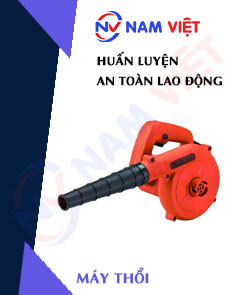

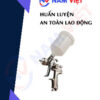



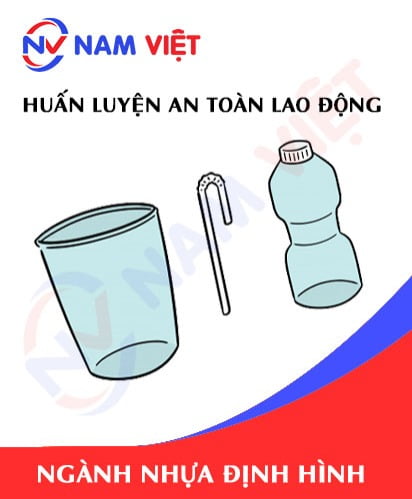
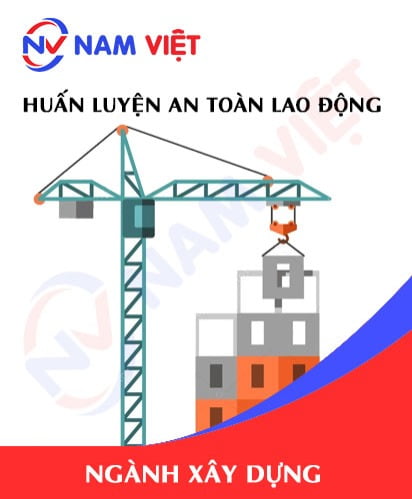
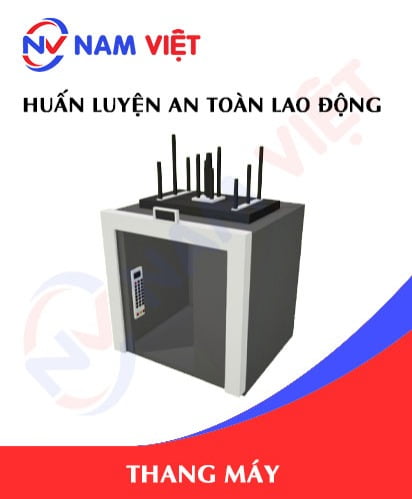

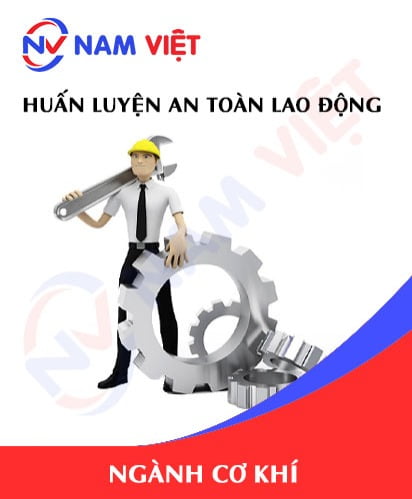

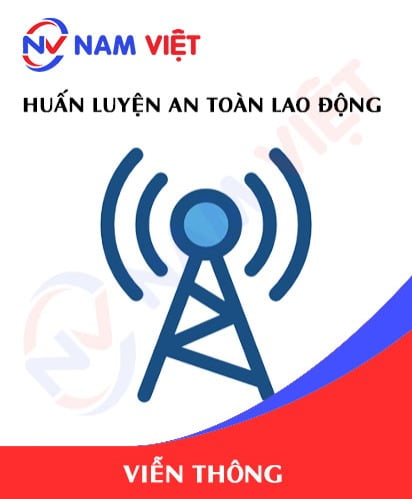
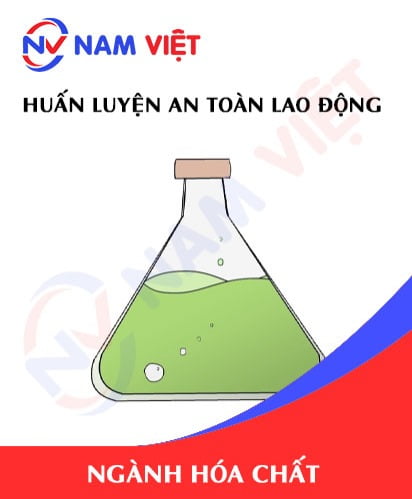
phanminhhang341
Dịch vụ tốt!!!